Remember The Glory Days Of American Malls In The 1980s? Big Hair, Bold Fashion, And Endless Fun
In the 1980s, American malls were where fashion trends were born, friendships flourished, and teens lived their best big-haired, neon-lit lives.
Recall strolling through wide hallways under glowing signs, surrounded by the scent of new clothes, with every passerby rocking denim jackets, oversized glasses, and hair teased to gravity-defying heights.
These malls weren’t just for shopping; they were a stage for social interactions, family outings, and iconic moments.
But as time marched on, the rise of the internet and online shopping dimmed these once-bustling arenas, leading to what many call the “retail apocalypse.”
The Birth of the Mall
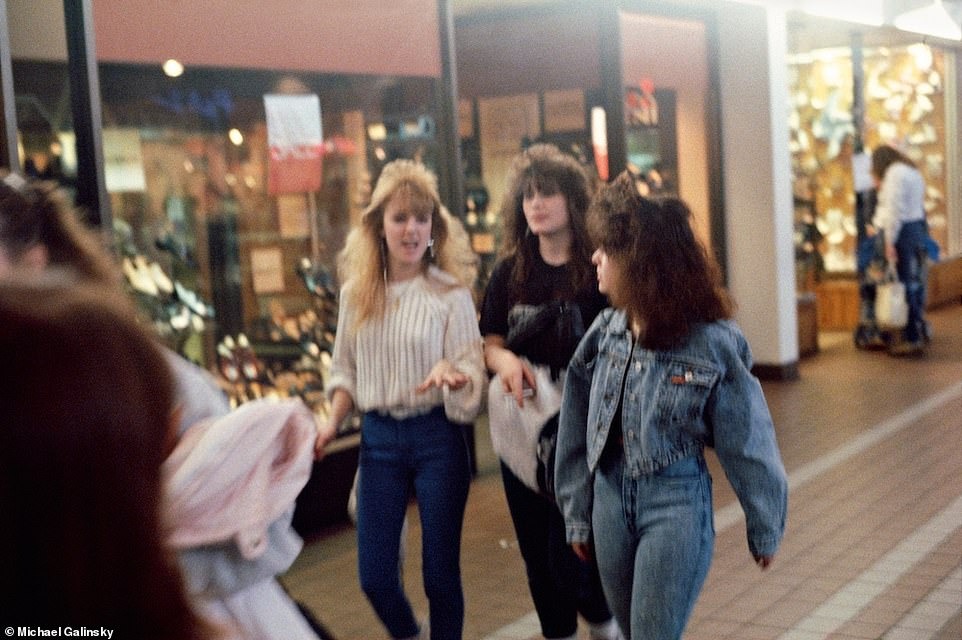
The growth of the American mall in the 1980s paralleled the rise of suburban life. With increasing numbers of families moving out of urban areas, malls became a new kind of public square.
Historian Lizabeth Cohen noted in her book “A Consumers’ Republic” that “Malls provided an easily accessible and comfortable space for suburbanites to socialize, shop, and entertain.”
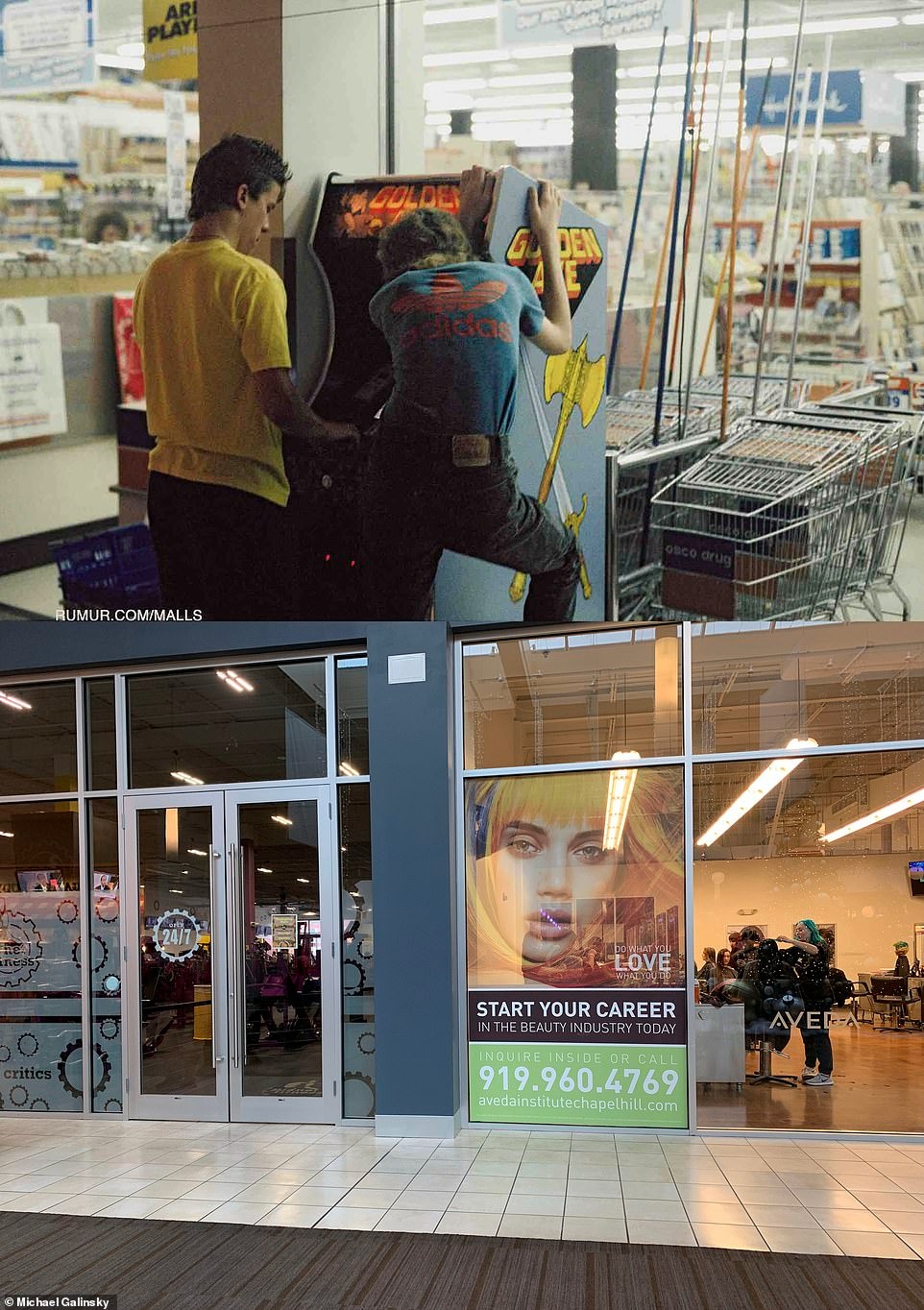
The enclosed, air-conditioned spaces were ideal for families to spend the day. Malls offer a one-stop destination for everything from clothing to electronics.
The “Mall Rat” Phenomenon
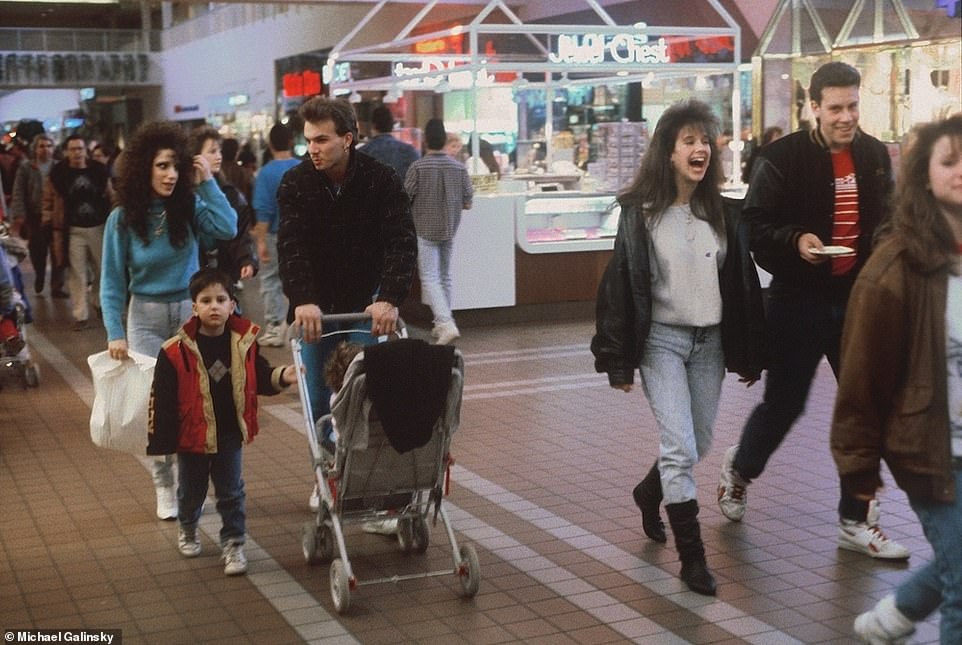
For many teenagers of the 1980s, malls were a central part of daily life.
The term “mall rats” became popular, describing teens who spent countless hours wandering the vast corridors, playing in arcades, and flipping through racks of records.
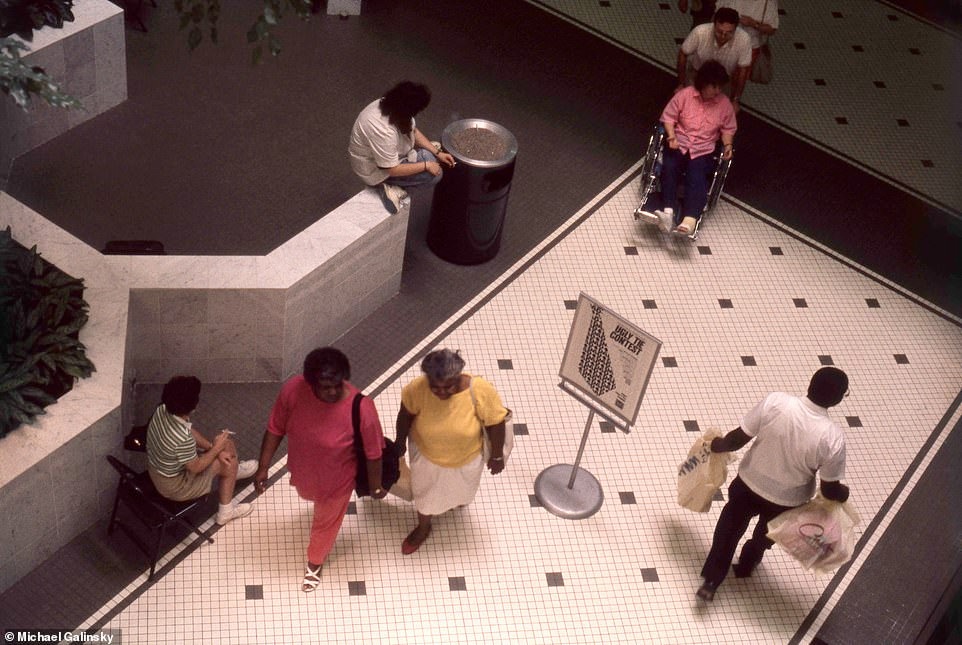
The mall became a social destination where friendships were formed, and fashion trends were born.
As Galinsky himself said, “The mall was a place where you could see and be seen, all while pretending to shop.”
Fashion and Culture in the 1980s Mall
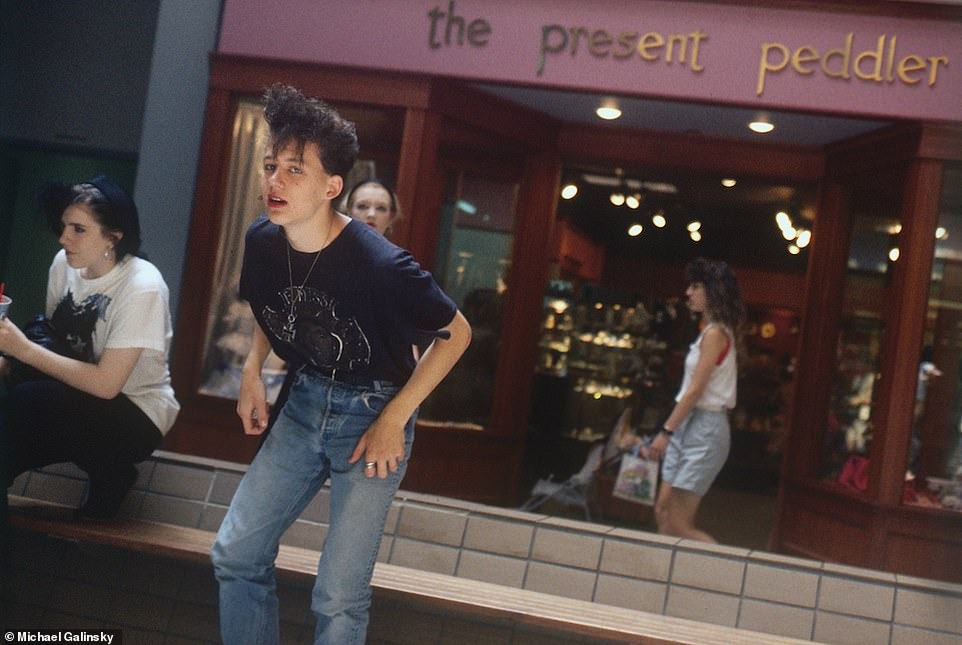
The fashion of the 1980s was bold choices, and the mall was where it all came together.
As seen in Galinsky’s photos, shoppers sported oversized denim jackets, neon colors, high-waisted jeans, and plenty of accessories.
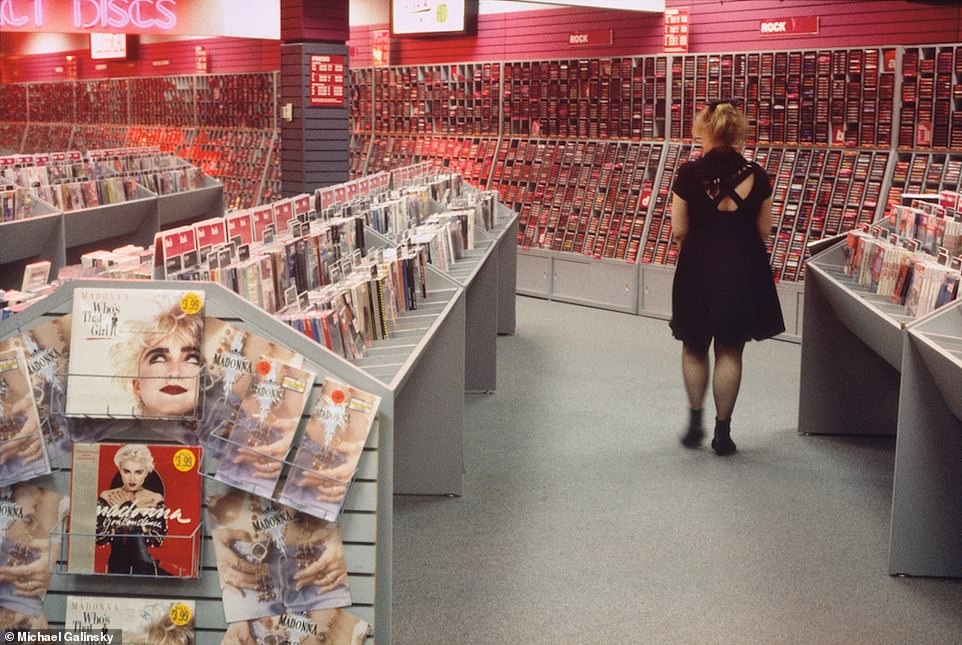
Women often donned big glasses and hairspray-heavy hairstyles, creating a look that was iconic of the time.
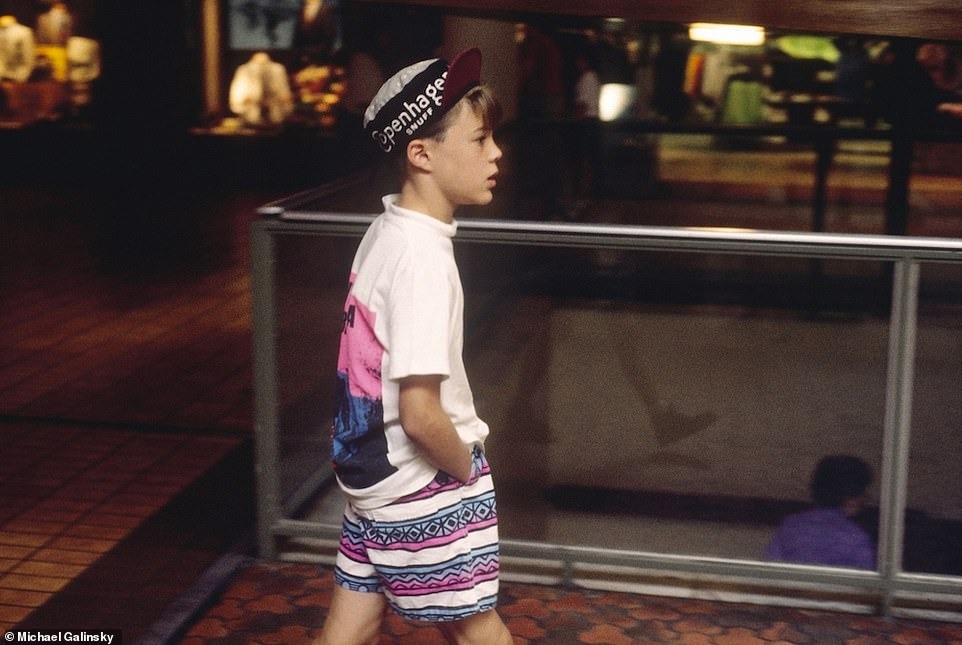
These trends, though now considered retro, were symbols of confidence and self-expression, especially for teenagers who were exploring their identities in the sprawling spaces of America’s malls.
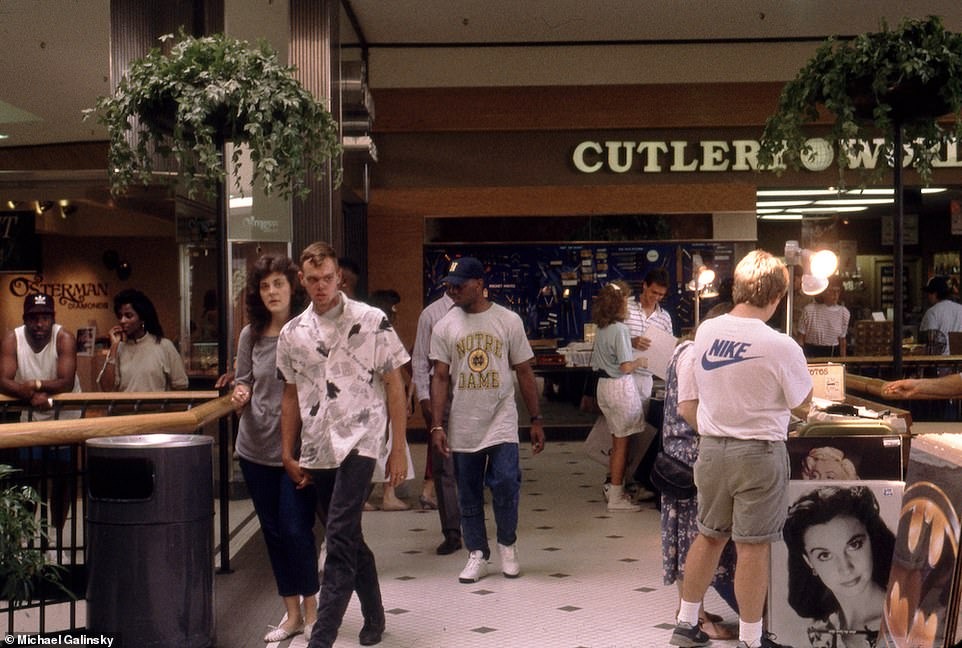
Record stores, like Musicland or Tape World, were often the most popular stops in the mall.
Shoppers could browse the latest releases, and artists like Madonna, Michael Jackson, and Bon Jovi dominated the sales racks.
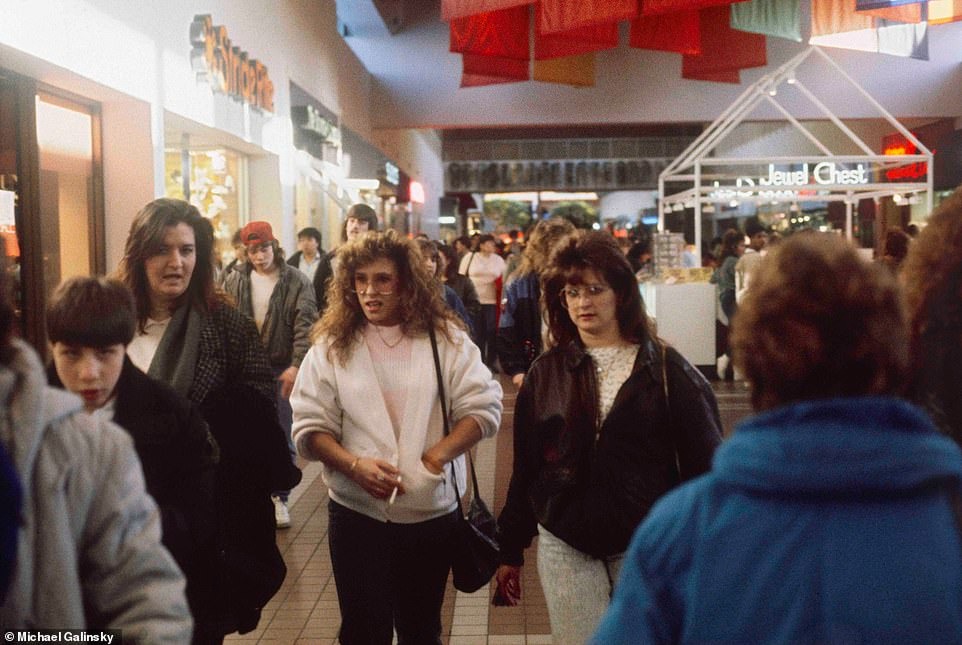
In fact, many of the record stores served as social gathering points, where teenagers discussed the latest music trends or gossiped about movies.
The malls themselves played host to movie theaters, showcasing popular films of the time, from The Breakfast Club to Back to the Future.
Malls as Gathering Places
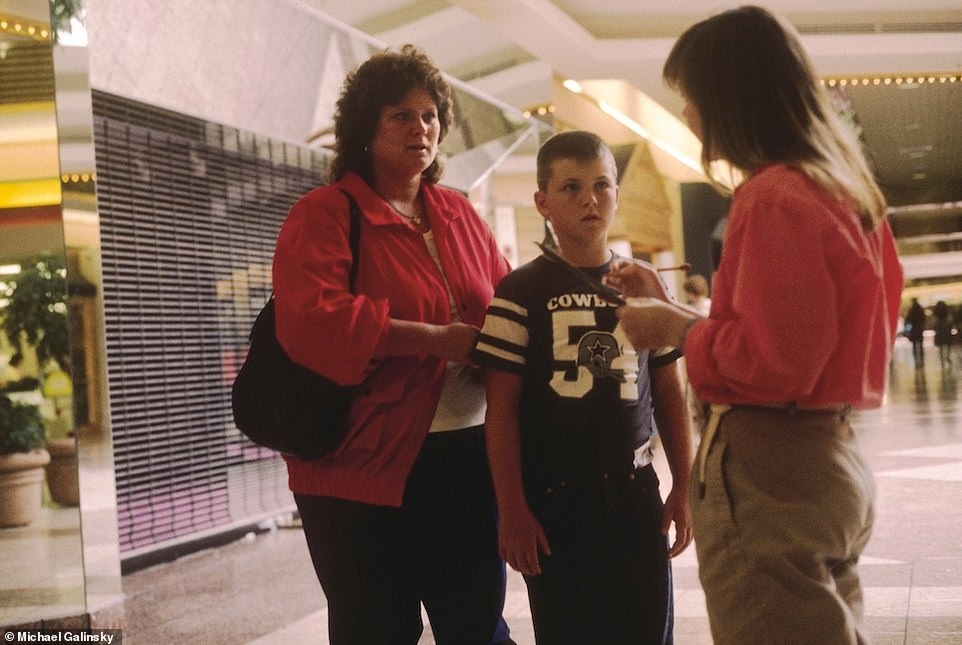
For many families, a trip to the mall was a weekend tradition.
The food courts, with options ranging from Sbarro to Orange Julius, provided spaces for parents to relax while their children played in nearby arcades or explored toy stores like KB Toys.
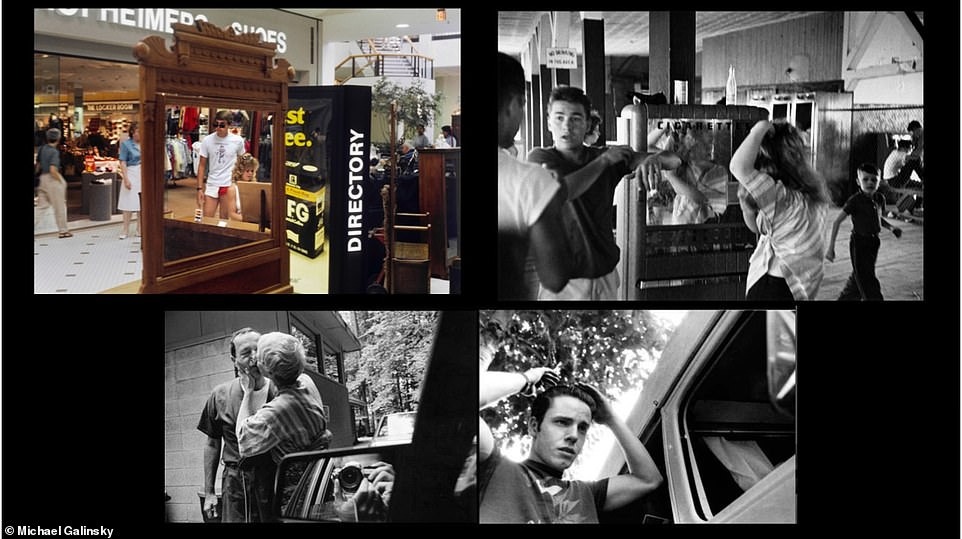
Galinsky’s photos show families navigating the crowded halls, stopping to take in the bustling energy of the mall.
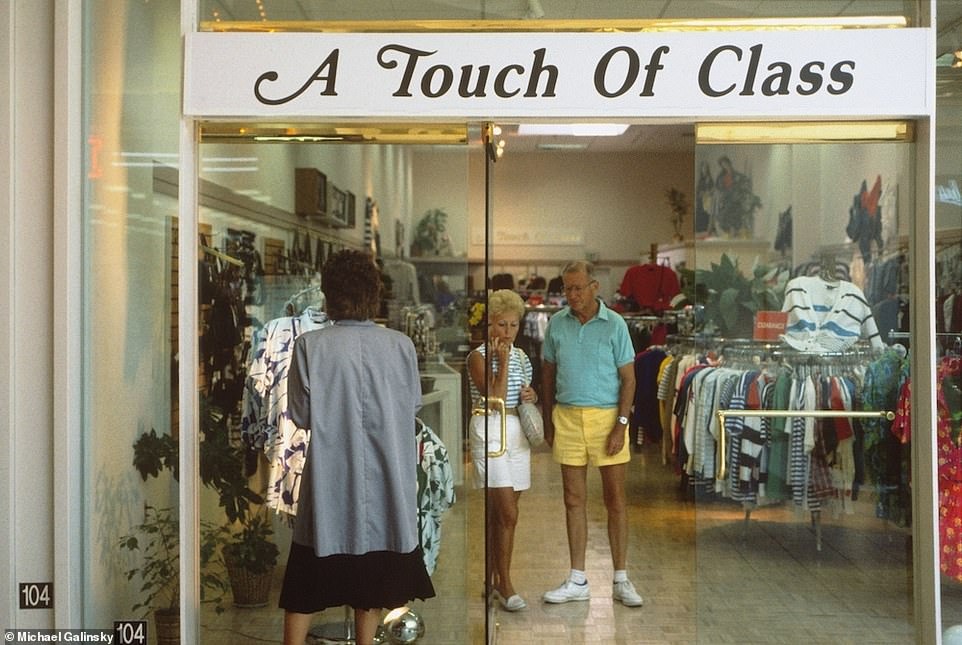
It was an era before the rise of technology, where social interaction happened face-to-face, and children could roam relatively free within the safe confines of the shopping center.
Why Malls Faded
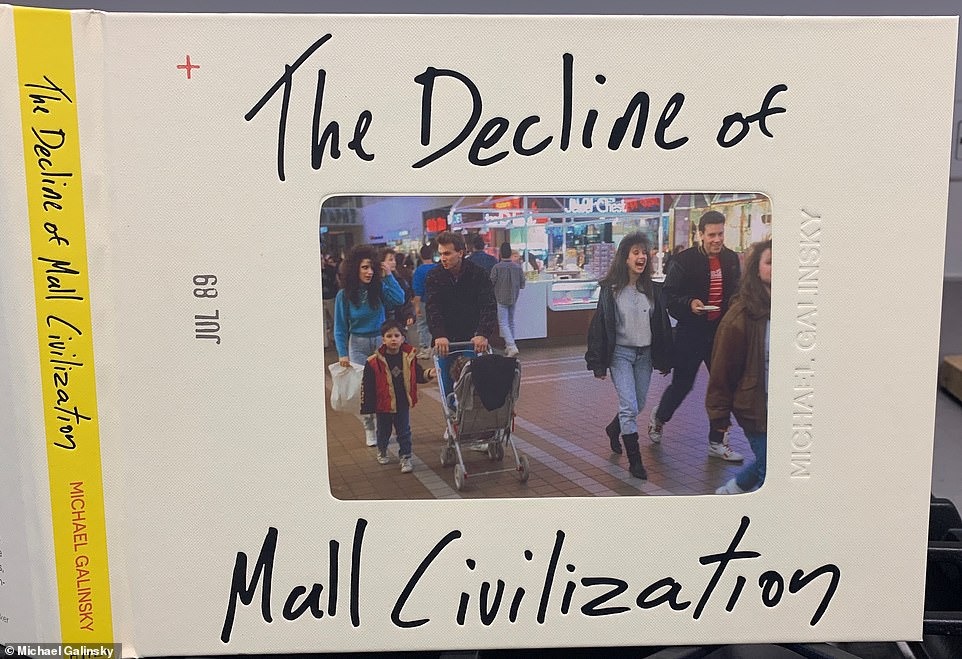
The 1990s and 2000s marked the slow decline of the American mall, as online shopping and the rise of big-box stores like Walmart and Target reshaped the retail landscape.
As Galinsky pointed out, the once vibrant community spaces began to lose their charm: “The mall was the new community center… but that was starting to change.”
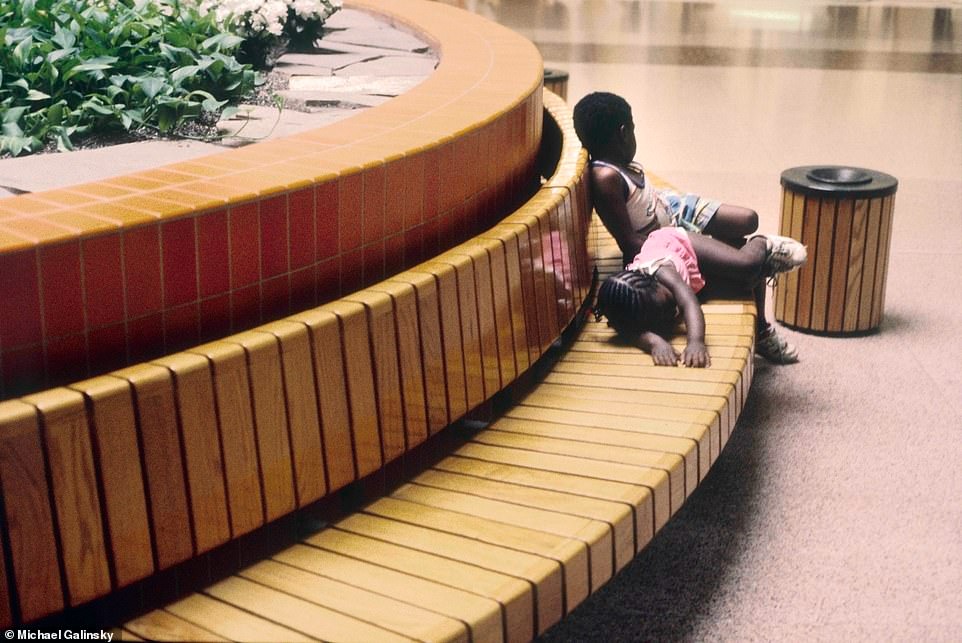
Anchor stores like Sears and JCPenney, which were the backbone of many malls, began to close their doors, leading to a ripple effect that emptied entire malls.
The rise of e-commerce giants like Amazon shifted consumer habits, and malls, once the centerpiece of American shopping culture, found themselves struggling to stay relevant.
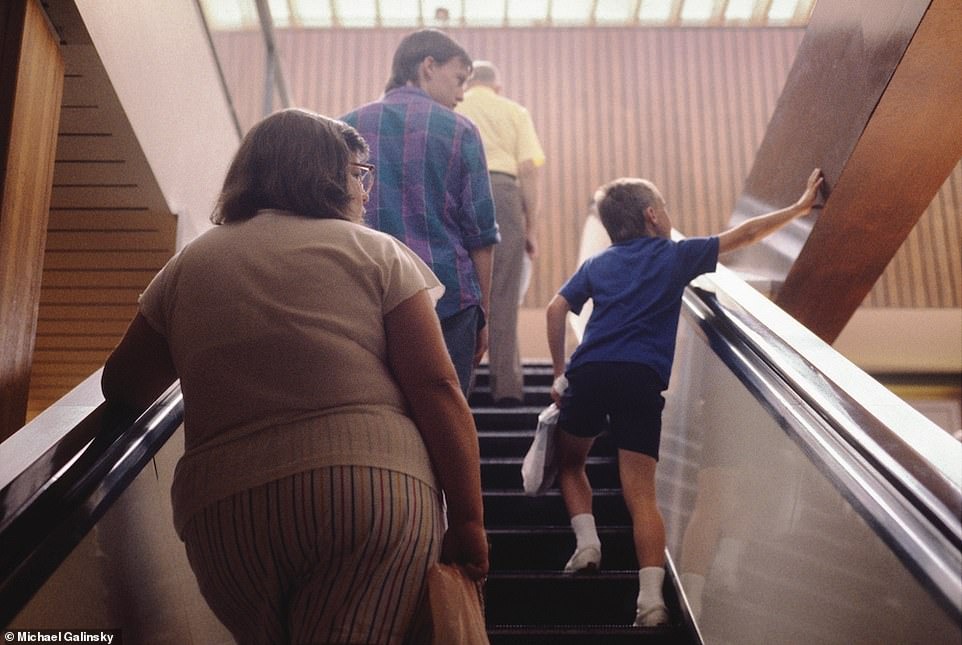
While some have survived by evolving into more entertainment-focused venues, many have been left abandoned.

